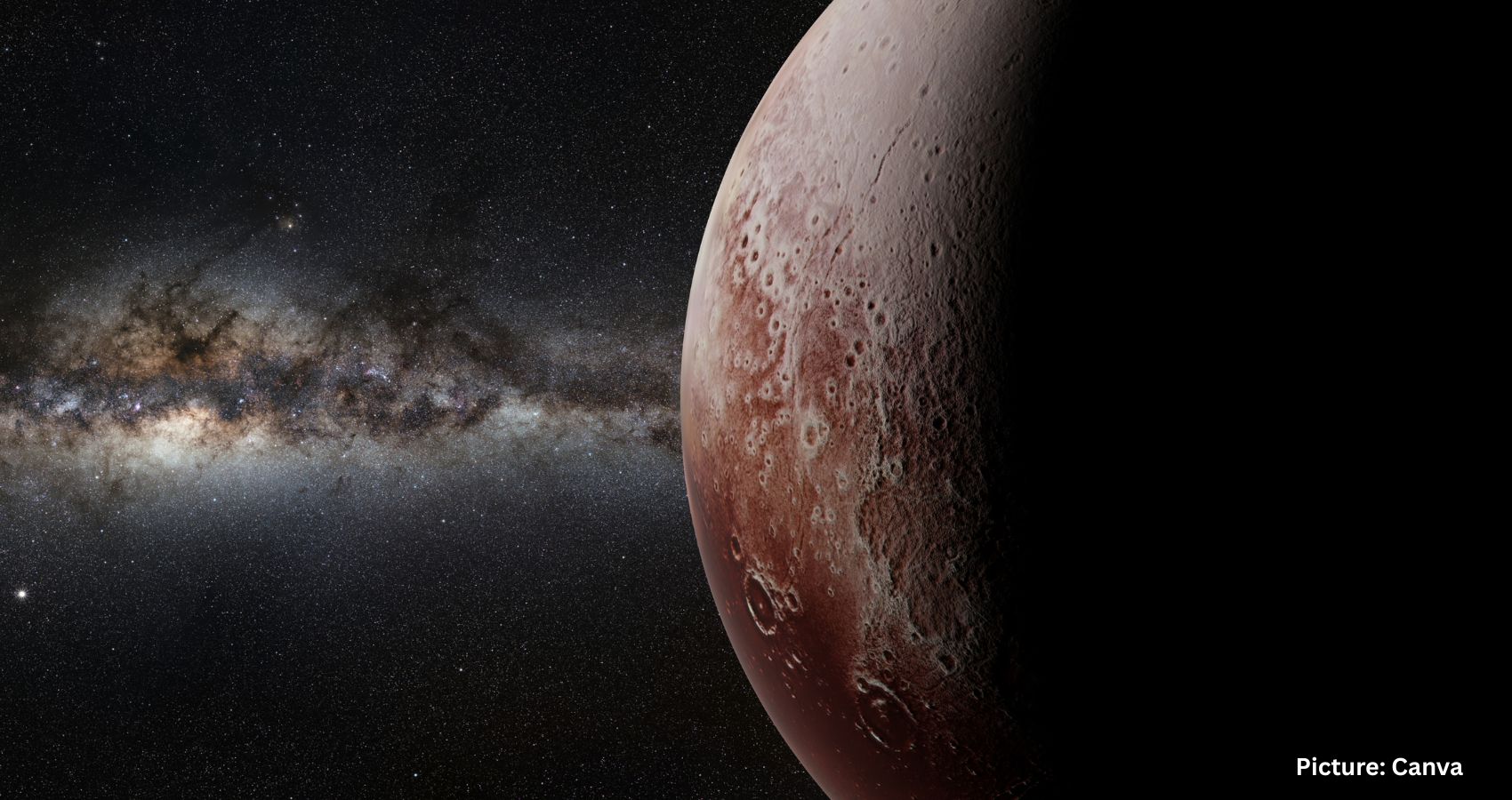Scientists at the Institute for Advanced Study have potentially discovered a new dwarf planet, 2017OF201, which could provide insights into the elusive theoretical Planet Nine.
A team of scientists from the Institute for Advanced Study School of Natural Sciences in Princeton, New Jersey, has announced the potential discovery of a new dwarf planet, designated 2017OF201. This finding could challenge existing beliefs about the Kuiper Belt and offer further evidence for the existence of a theoretical super-planet known as Planet Nine.
The object, classified as a trans-Neptune Object (TNO), is located beyond the icy and desolate region of the Kuiper Belt. TNOs are minor planets that orbit the sun at distances greater than that of Neptune. While many TNOs exist within our solar system, 2017OF201 stands out due to its considerable size and unusual orbit.
The discovery was made by a team led by Sihao Cheng, along with Jiaxuan Li and Eritas Yang, all affiliated with Princeton University. Utilizing advanced computational techniques, the researchers identified the object’s unique trajectory pattern in the sky.
“The object’s aphelion — the farthest point in its orbit from the Sun — is more than 1,600 times that of Earth’s orbit,” Cheng explained in a news release. “Meanwhile, its perihelion — the closest point in its orbit to the Sun — is 44.5 times that of Earth’s orbit, which is similar to Pluto’s orbit.” The orbital period of 2017OF201 is estimated to be around 25,000 years.
This long orbital period led Yang to suggest that 2017OF201 may have undergone close encounters with a giant planet, which could have resulted in its ejection into a more distant orbit. Cheng further speculated that the object might have initially been expelled to the Oort Cloud, the farthest region of our solar system, before being drawn back into its current position.
The implications of this discovery are significant for our understanding of the outer solar system’s structure. In January 2016, astronomers Konstantin Batygin and Mike Brown from the California Institute of Technology (Caltech) proposed the existence of a planet approximately 1.5 times the size of Earth, located in the outer solar system. However, this so-called Planet Nine remains a theoretical concept, as neither Batygin nor Brown has directly observed the planet.
The theory suggests that Planet Nine could be similar in size to Neptune, positioned far beyond Pluto, possibly within the Kuiper Belt where 2017OF201 was found. If it exists, Planet Nine is theorized to have a mass up to ten times that of Earth and could be located up to 30 times farther from the Sun than Neptune. Its orbital period would range between 10,000 and 20,000 Earth years.
Previously, the area beyond the Kuiper Belt was thought to be largely empty. However, the discovery of 2017OF201 indicates that this region may be more populated than previously believed. Cheng noted that only about 1% of 2017OF201’s orbit is currently visible from Earth.
“Even though advances in telescopes have enabled us to explore distant parts of the universe, there is still a great deal to discover about our own solar system,” Cheng remarked.
NASA has stated that if Planet Nine does exist, it could help explain the peculiar orbits of some smaller objects found in the distant Kuiper Belt. As it stands, the existence of Planet Nine remains a theoretical proposition, with its potential reality resting on the gravitational patterns observed in the outer solar system.
Source: Original article

